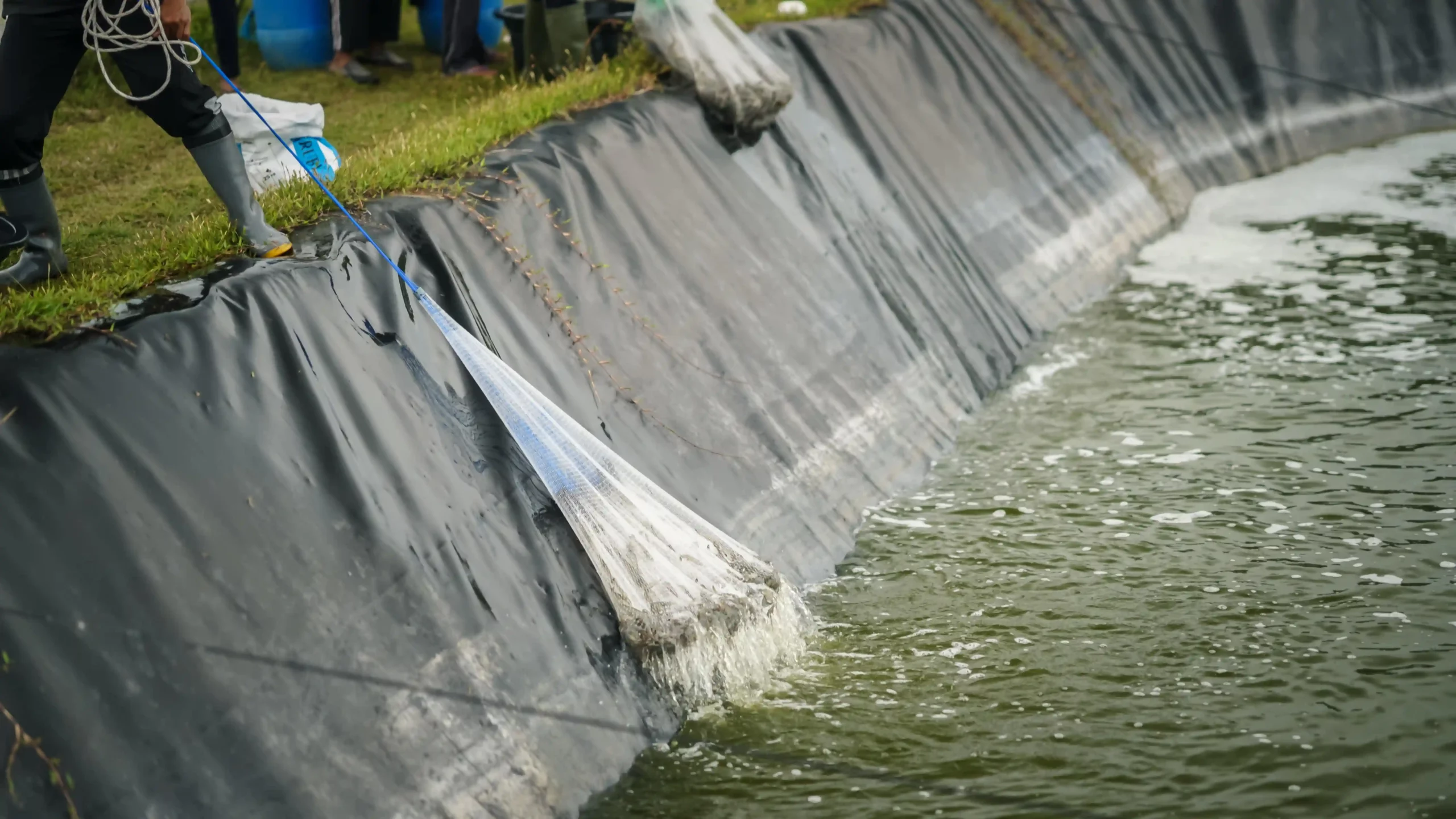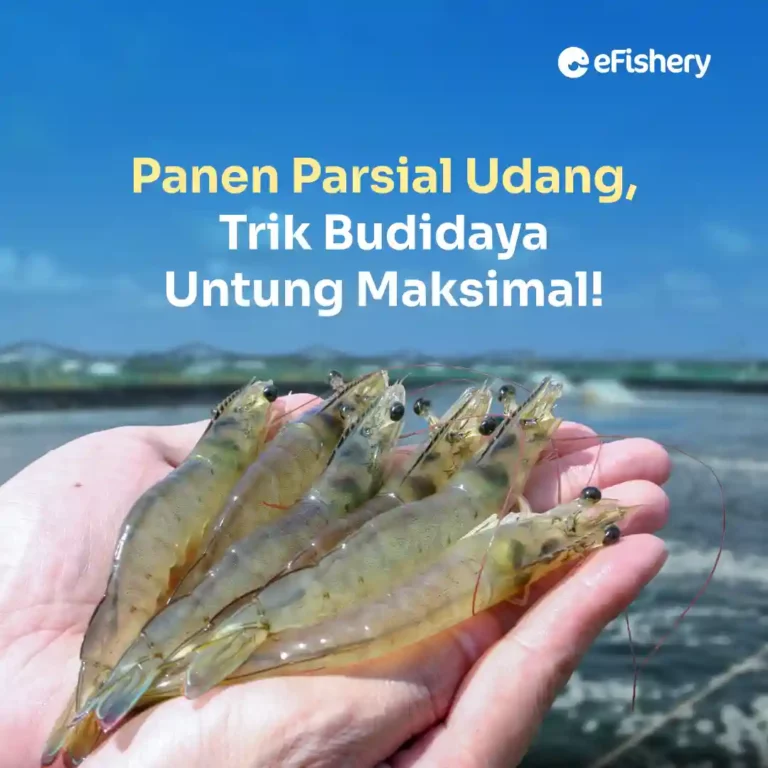Hello Mister / Ms Shooters! Do you know what is meant by partial harvest? Partial harvest is a harvest that takes some of the shrimp in the pond when the cultivation cycle is in progress. This harvest aims to reduce shrimp population density, increase shrimp productivity, and reduce aquaculture operational costs.
With a partial harvest, the remaining shrimp in the ponds can grow more optimally. In addition, partial harvests can also reduce the risk of disease resulting from overcrowding in ponds and maintain environmental quality in ponds. If you are interested in the benefits of partial harvests, let's learn how in this article!
Shrimp Partial Harvest Stages

Even though the benefits are very attractive, you should not rush into doing a partial harvest. Partial harvesting should only be done 80-100 days after the shrimp seeds are stocked in the ponds or when the shrimp weigh 10-13 grams per head.
Partial harvesting can be done in many ways, one of which is by using nets. Come on, find out how!
1. Partial Harvest Preparation
Before the partial harvest is carried out, you should first calculate the number of shrimp to be harvested. In 1 cultivation cycle, you can do 1-3 partial harvests by taking 20-30% of the total number of shrimp.
You also have to fast the shrimp and prepare the tools used for harvesting, especially throwing nets, containers and ice cubes. Before being used to harvest shrimp, throwing nets must be cleaned first so that the tools are sterile and do not transmit disease to the shrimp. In addition, make sure there is no mud or dirt that settles in the pond because the sediment will poison the shrimp if it is carried by the nets.
Shrimp should also be given vitamins, minerals and immunostimulants before you do a partial harvest. These nutrients are later used to prevent molting or changing the shrimp skin and to keep the shrimp's body solid and hard when harvested.
2. Partial Harvest Process
During the harvesting process, you must turn off the waterwheel above the pond so that it does not interfere with the harvest. To avoid stress on shrimp that have not been harvested, you should not reduce the volume of pond water. Therefore, use throwing nets when harvesting.
If the throwing nets are sterile, the nets may be thrown into the pond. Make sure the partial harvest only takes a maximum of 30% from the number of shrimp in the pond so as not to shake up the ecosystem. If you want to do a partial harvest in more than 1 pond, sterilize the nets before using them for harvesting in other ponds so that the nets don't carry any existing diseases.
After the shrimp have been harvested successfully, transfer the shrimp to a holding tank filled with water and ice cubes with a temperature below 5°C. Before selling shrimp, do the sorting first to ensure the quality of the shrimp. Shrimps are ready to be distributed to buyers while still being packed in containers (fiber) and covered with ice.
Need Help Regarding Shrimp Cultivation Business?
Fill in your personal data in the following form. Our team will immediately contact you via the number cellphone attached. Make sure the data entered is correct.
Cultivation Consultation at eFarm Before Doing Partial Harvest!
How are you, sir/madam? Are you interested in the benefits that partial harvests offer after reading this article? If so, you should first consult with a shrimp farming expert eFishery through features Cultivation Consultation in app eFarm!
Besides being able to consult directly with shrimp farming experts, in the application eFarm You can also find other information about shrimp farming.
Downloads application eFarm on the Google Play Store!
